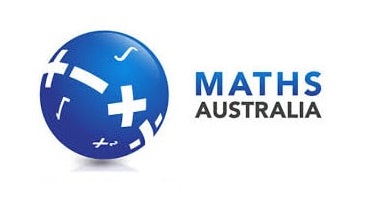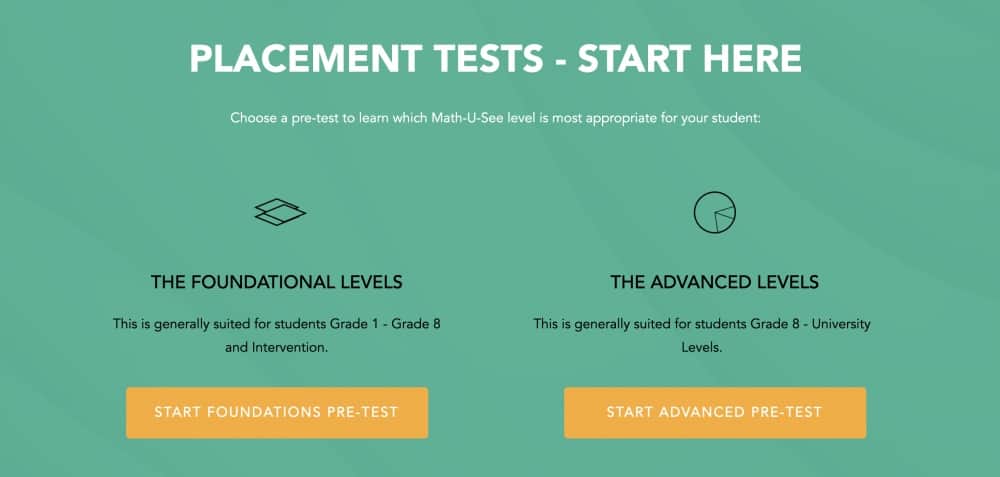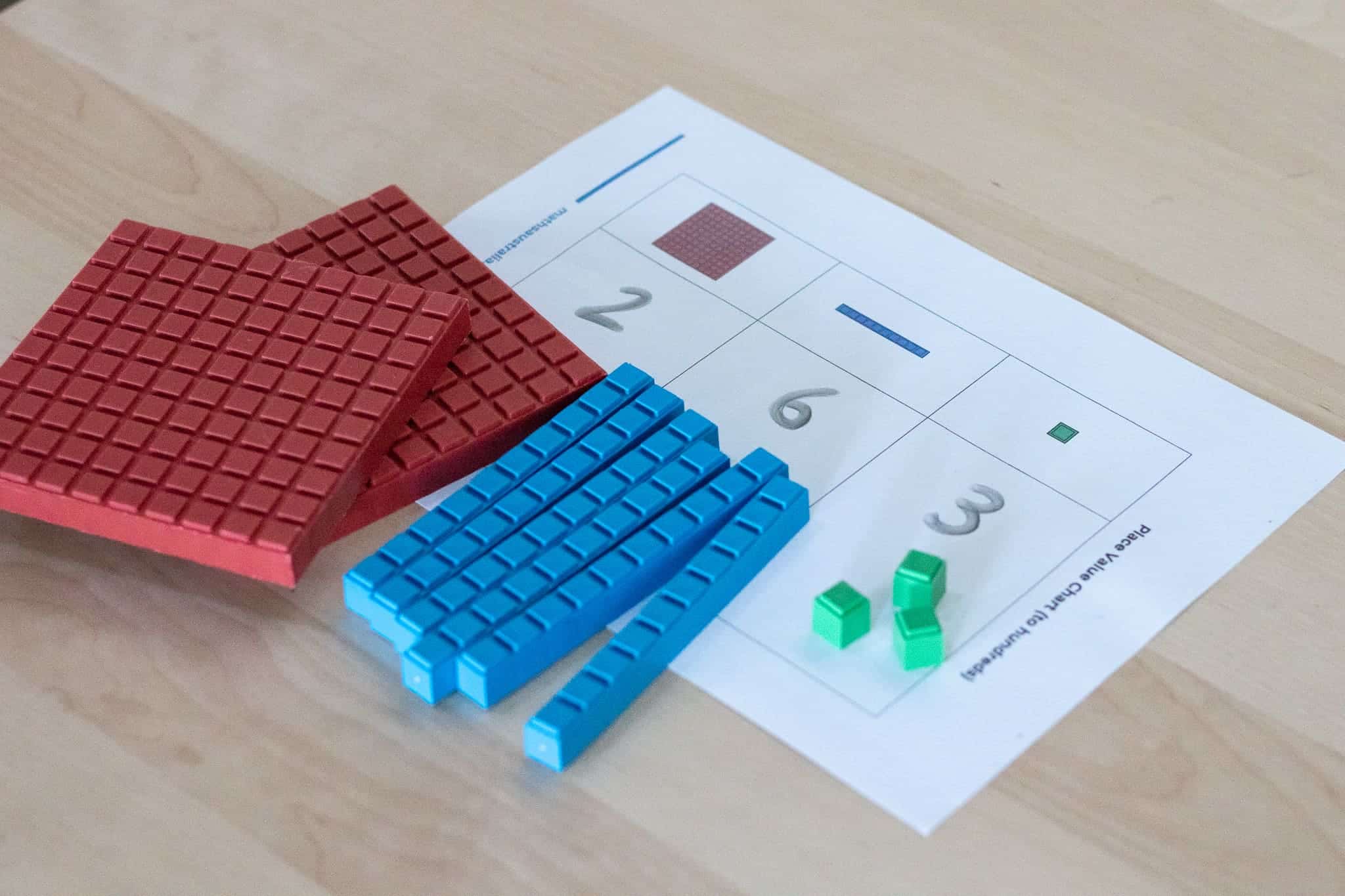
What is Place Value in maths?
Place Value is simply "every value in it's own particular place."
What is the place value of 1 in the hundreds column? It's "place value" is 100.
What about the 3 in the tens column? It's "place value" would then be 30.
And what about the 4 little units in the units column? That would be 4.
You can see very quickly that if a student does have this basic understanding of place value, and the framework for our decimal system, they won't get very far with maths. They will start to struggle and end up hating the subject, saying "they're not a maths person."
But the problem is not in their ability to understand maths, it's in the way they are being taught.
What if place value was taught with hands-on blocks where the student could see, touch and feel the numbers and where they fit?
Look at this simple example, as taught in the Math-U-See program:
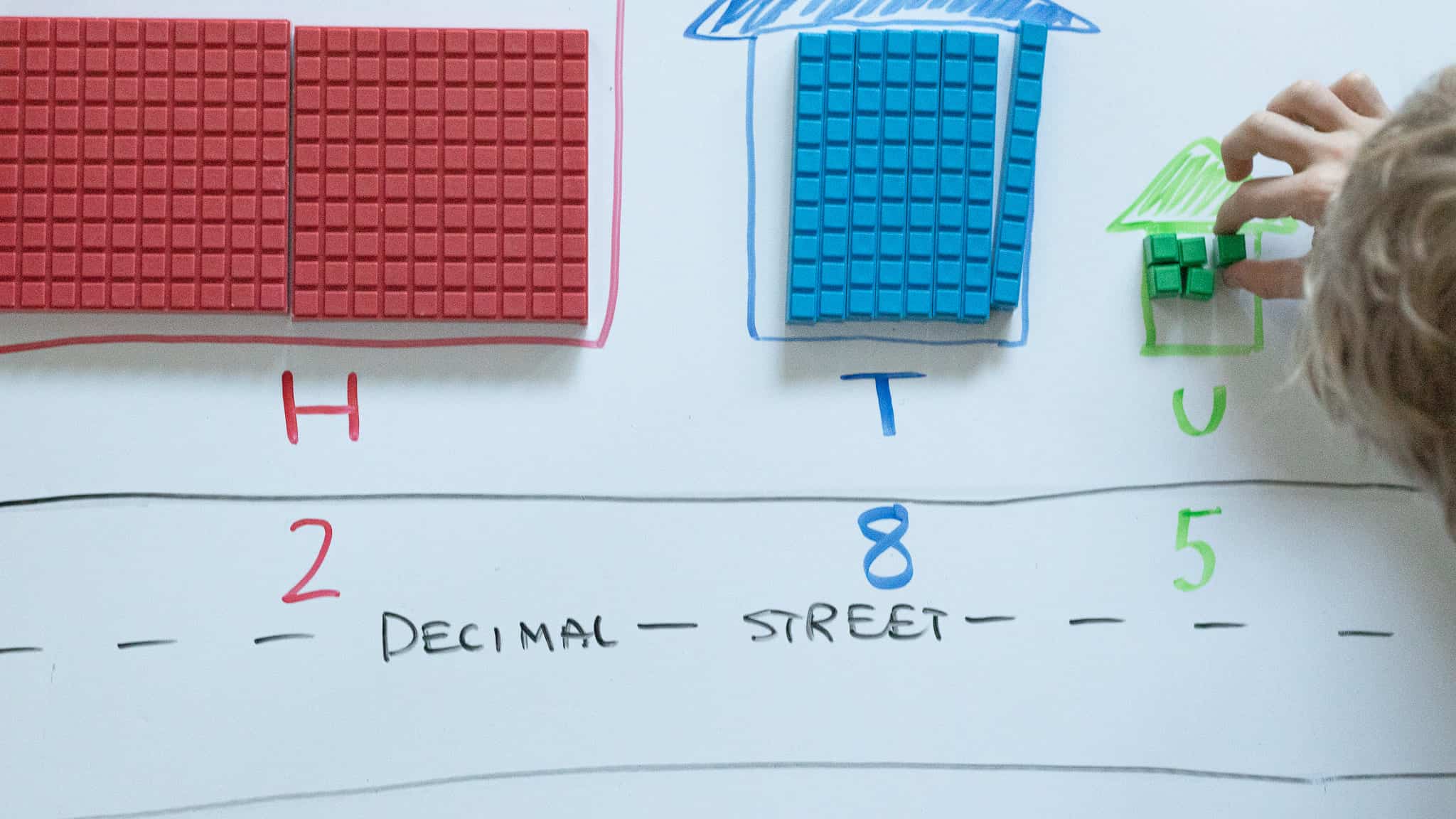
By using a multisensory method of instruction, the student understands that "each number has a place" and can identify the value of that place. Only then can they advance to addition and subtraction and more complex maths.
Why is Place Value so important?
You can't add numbers if you don't know where they go!
Think of this. Add 34 + 29.
What answer do you get? Is the correct answer 63 or 36? Or is it 6 + 3 = 9? Or 126?
See, you only understand the correct answer when you understand the principles of place value.
Place value is the gateway to understanding addition, subtraction, multiplication and even algebra. If your student has understood and mastered place value, the rest will be easy. They can move forward.
Here's a quick demonstration showing how we teach Place Value to students:
Is Place Value a foundational maths concept?
The key to learning maths is through multisensory methods and specific tools that support hands-on, tactile learning.
With hands-on manipulatives, the concept of place value becomes easy for you to teach and even easier for the student to understand. Why? Because they can use their senses to engage with the concept of numbers, not just try to work out the abstract squiggles on a page.
Therefore, we need to make sure that the hands-on tools are continued through the student's maths instruction to create strong foundations. Not just for Place Value. But for every topic all the way to algebra, geometry and beyond.
Laying strong foundations will serve your students well before they start learning abstract maths.
What is CRA methodology?
Concrete - Representational - Abstract. CRA methodology is the process of taking a students from a Concrete idea (like physical blocks), to a graphical Representation of that same idea (such as a 2D depiction of the blocks), through to the Abstract version (such as numbers, letters, symbols and characters).
As explained above, we need the hands-on tools to teach maths effectively. That's where this methodology comes in. It's a research-proven way of teaching any subject - especially maths. Because of the complex nature of numbers and the fact they are often taught beginning with an abstract method, it doesn't work.
That's why we've created an entire program and step-by-step instructions to teach maths - with the hands-on tools and the proper methodology. The Math-U-See program has been used for parents, teachers and schools across Australia and internationally and has huge success with teaching maths, from foundational maths to abstract maths.
Here's what the CRA methodology looks like:

You can use this simple methodology to teach your student with the hands-on, tactile manipulatives (concrete phase) and ask them to draw the pictures of what that number looks like (the representational phase) before moving to writing down the number itself (the abstract phase).
Here's another example of showing your student the transition between the concrete phase and the abstract number on the page:
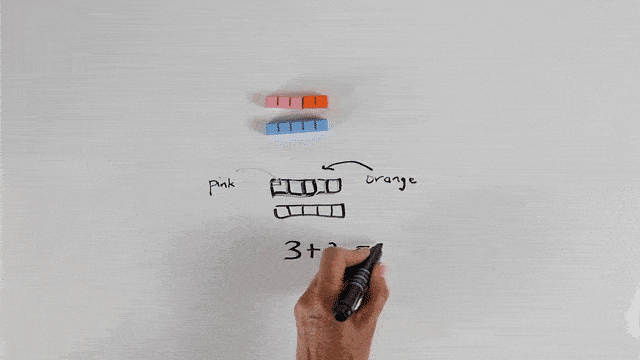
By showing the equation with the Math-U-See manipulatives, your student can see what they are doing and why they are doing it. It's an important thing in maths - the student needs to understand the reason and the method behind any maths instruction. That way, they can use the same method confidently in other mathematical applications.
Using hands-on manipulatives is key
Once place value is understood, you can then expand into addition, subtraction, multiplication and even algebra.
Here's another example of using the hands-on blocks for single-digit addition. We use these same manipulatives all the way through the entire program, from Primary to Grade 12 maths.
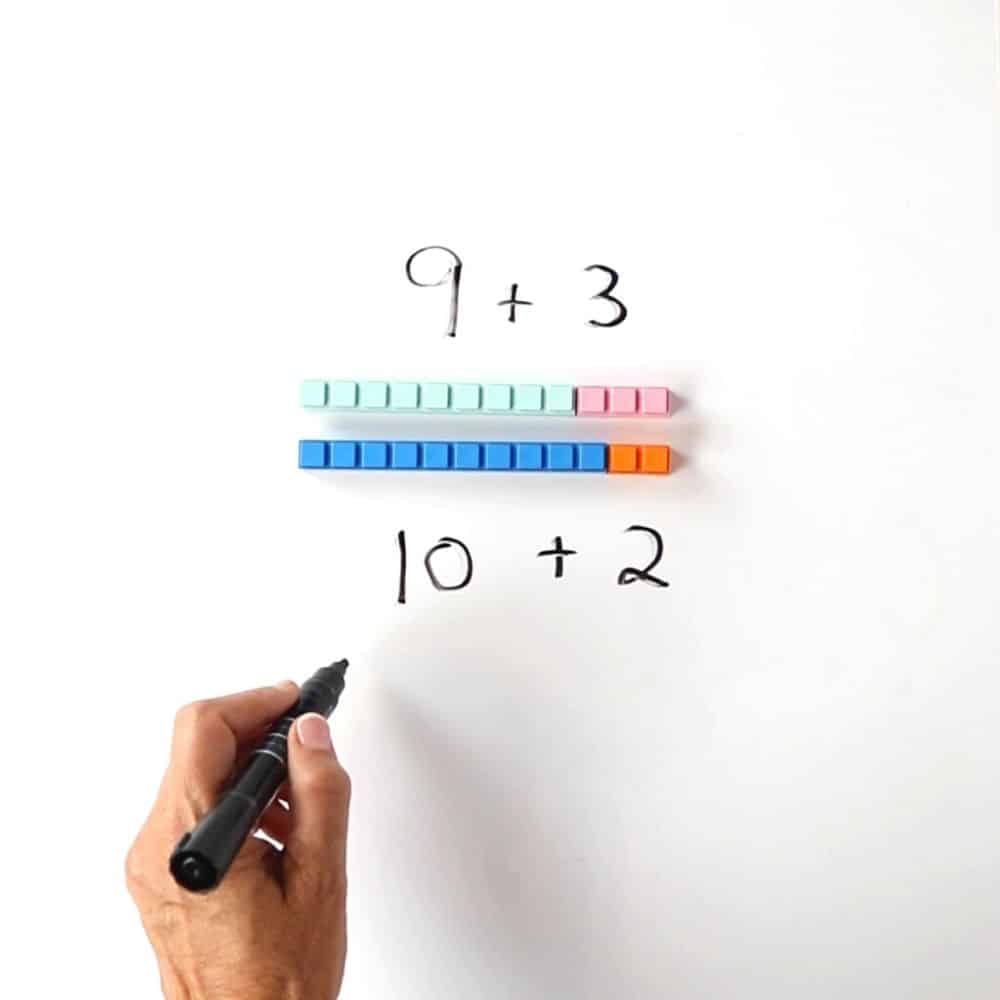
Using these hands-on tools and following the CRA methodology when teaching maths, you are guaranteed to have better maths results. In fact, you'll have happy, confident students who engage in class and can use maths confidently in everyday life.
That's the final goal, isn't it? To have our students learn what we can teach them and be able to use it in their life (not just a meaningless subject at school that they hated and got poor results on an exam). As parents and teachers, we want to be able to impact our student's worlds in a positive way and pave the way for them to be successful in study, in their chosen career and in multiple employment opportunities.
It all starts with the foundations. And teaching those foundations properly before moving onto more complex abstract maths.
The answer is simple.
Use the hands-on manipulatives. For all maths instruction.
Your students will thank you later.
Ready to test your student's understanding?
The first place to start is to determine your student's current level of maths understanding. Have they conquered place value? Do they know addition and subtraction without finger counting? Can they easily multiply and divide? And how about fractions and more advanced maths concept?
There's an easy way to answer all those questions. You can take our free diagnostic test with your student to determine what they know and what they don't know. It's all online and very accessible to students.
At the end of the Placement Test, your student's results are automatically calculated. You'll know where to start and how to fill in those gaps in their maths understanding.
Here's the link to the free diagnostic Placement Tests:
Let us know if you have any questions here..... and have fun teaching maths!
The Team at Maths Australia
